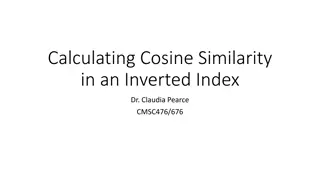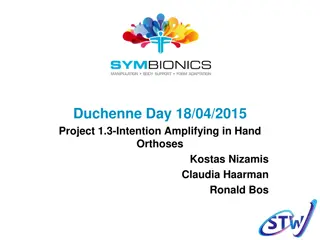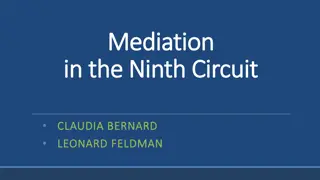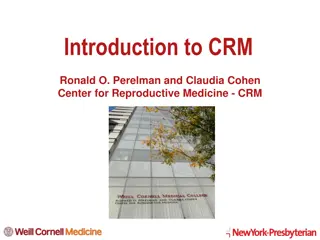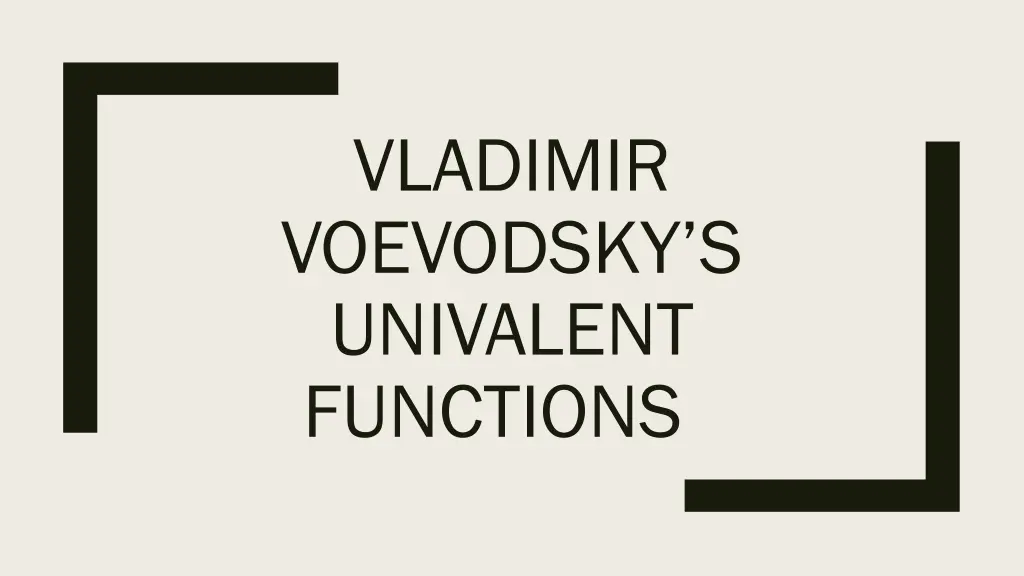
Understanding Univalent Functions and Type Theory
Exploring the connection between univalent functions, homotopy theory, and type theory with a focus on Vladimir Voevodsky's program to express mathematics in type theory. Learn about the significance of homotopy theory in algebraic topology and the shift from set theory to type theory in mathematical analysis.
Download Presentation

Please find below an Image/Link to download the presentation.
The content on the website is provided AS IS for your information and personal use only. It may not be sold, licensed, or shared on other websites without obtaining consent from the author. If you encounter any issues during the download, it is possible that the publisher has removed the file from their server.
You are allowed to download the files provided on this website for personal or commercial use, subject to the condition that they are used lawfully. All files are the property of their respective owners.
The content on the website is provided AS IS for your information and personal use only. It may not be sold, licensed, or shared on other websites without obtaining consent from the author.
E N D
Presentation Transcript
VLADIMIR VOEVODSKY S UNIVALENT FUNCTIONS
HISTORICAL ROADMAP UNDERSTANDING CATEGORY THEORY + USING COMPUTERS TO CHECK MATHEMATICAL REASONING
Vladimir Vladimir Voevodsky Voevodsky + Michael publish publish - -groupoids as a model for a groupoids as a model for a homotopy homotopy category category + Michael Kapranov Kapranov They claim they have found the connection between - -groupoids types types groupoids and homotopy homotopy the intuition appeared that -groupoids should constitute particularly adequate models for homotopy types, the n-groupoids corresponding to truncated homotopy types (with i = 0 for i > n) -- (Grothendieck, Sketch of a program)
A Brief explanation of A Brief explanation of homotopy homotopy theory theory Its a branch of topology a branch of topology that studies space and continuous deformations Defining a homotopy A 2 dimentional path between paths Defining homotopy theory a type of algebraic topology combined with homological algebra that relates to higher category theory
Voevodskys program to express Voevodsky s program to express mathematics in type theory instead of set mathematics in type theory instead of set theory theory This program relies on 2 points: description of mathematics as analysis of structures on -groupoids dependent type theory provides a suitable language and system of notations to express structures on -groupoids
What is type theory? In relevance to What is type theory? In relevance to univalent functions univalent functions Its a formal system for constructive constructive mathematics Its a programming language
Type theory and set theory Type theory and set theory S Set theory et theory T Type theory ype theory y B, where y is an element of B x:A , where x has type A There is a global notions of membership / equality Local typing notions membership replaced is a proof of y as a fixed element of this object x being a proof of A B as an object A is a statement Theory in in fist order logic we can extend logic to encompass sets
Homotopy Homotopy types and Sets theory types and Sets theory Martin-L f type systems A new connection between logic and topology Formalising levels Formal proofs in the system as true statements in homotopic theory Types: A,B, A x B, A ->B Terms: x:A, b:B, <a,b> Dependent types: A B(x)
Logic in set theory and type theory Logic in set theory and type theory Set theory Set theory in first order logic In type theory type theory, logic encompasses sets Propositions as types AVB, A^B, A=>B More than one proof So, the idea of type theory is to set up a proof system in which can keep track of all logical connectives and them being true or false
So, we need a So, we need a formal track of all these proofs track of all these proofs formal language to keep language to keep Language: -calculus Why do we use it? Curry-Howard Example:
Dependent types Dependent types Needed to enrich our language The dependent map is created when using families of types
This leads to infinity grupoids This leads to infinity grupoids Types are not like sets, but like infinity grupoids
Calculus of Inductive Constructions, based Calculus of Inductive Constructions, based on Martin on Martin- -L f s L f s type theory type theory Amount of types of levels: Amount of types of levels: H-Level 0 there is only one type this type is one point, its contractible H-Level 1 there is one point and empty set (true values) -- logic H-Level 2 a homotopy type that has a path space between points that is presented as sets H-level 3 homotopy types that have connected components they are presented as groupoids
Understanding theory of categories Understanding theory of categories What is a category? Mathematical structures Objects and morphisms Properties of categories
PROBLEMS WITH MATHEMATICAL CHECKS PROBLEMS WITH MATHEMATICAL CHECKS as shown by Lemma 1.1 and Carlos Simpson
Second example: Second example: Carlos Simpson Carlos Simpson The problem: Lemma The problem: Lemma 1.1 as an example 1.1 as an example Algebraic Cycles and Higher K Algebraic Cycles and Higher K- -theory a mistake in Lemma 1.1 Cohomological Theory of Presheaves with Cohomological Theory of Presheaves with Transfers Transfers (1992/1993) (1992/1993) attempt by V.V This paper, ironically, also contains a mistake, which is taken care of later on theory has Carlos Simpson s Homotopy 3 3- -groupoids groupoids (1998) The paper is not taken into account why? Simpson s counterexample Strong mathematitians Homotopy types of strict types of strict
THE NEED FOR A COMPUTER PROOF THE NEED FOR A COMPUTER PROOF VERIFICATION VERIFICATION
Using computers to check mathematical Using computers to check mathematical reasoning reasoning Why? who is going to check this advanced + difficult to read paper? Why was coudnt existing foundational systems inneficient? Need to use of formal language Language is too limited This created the need for a new foundation diversion from ZFC and category theory
Understanding the Zermelo with the Axiom of Choice with the Axiom of Choice Zermelo- -Fraenkel theory Fraenkel theory ZFC: 1. Learn predicate logic 2. Lear a particular theory of this logic (the ZFC) 3. Translate propositions of mathematical concepts to formulas of ZFC 4. Prove using examples that these mathematics are reduced to these basic This was reliable/consistent, but obviously not complete
Univalent foundations Univalent foundations a a complete foundational system foundational system What shows that a foundation for mathematics is complete: a formal deduction system structure that provides meaning to humans Structure allows humans to encode mathematics in terms associated to the language a computer understands complete All of these components are in: ZFC Univalent functions How are they different?
F Fu unctions of the univalent foundations nctions of the univalent foundations of mathematics of mathematics Can be used for constructive + nonconstructive thematics Based on direct formalisation/axiomatisation of the world of homotopy types instead of the world of sets
Conclusion Conclusion The development of univalent foundations comes from the need of a foundation that both satisfies the needs of human mathematical practice and computer formalization Use of proof assessment: every conclusion reached by a mathematician is sure to be right + doesn't have to be double-checked no need to stress about complicated arguments, as we can always trust the computer


